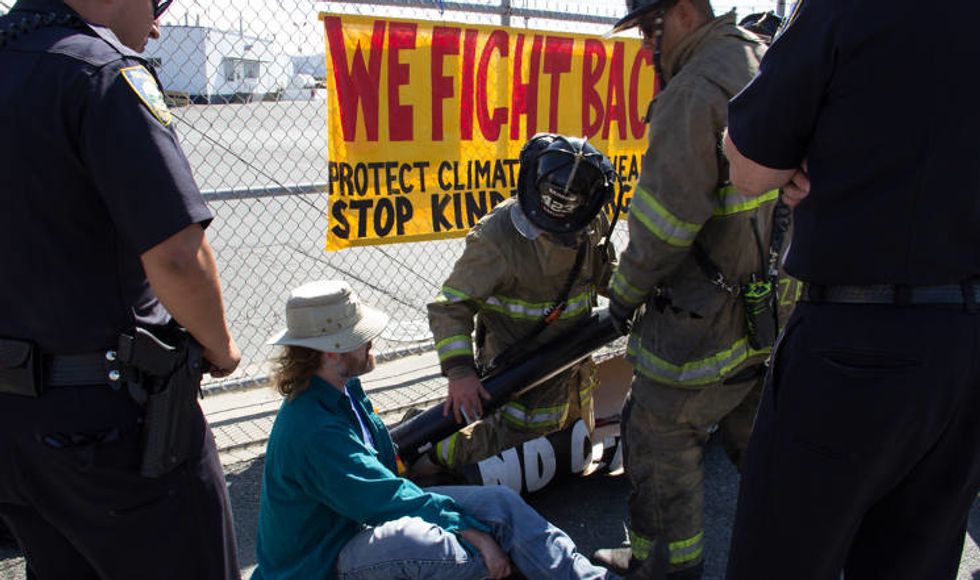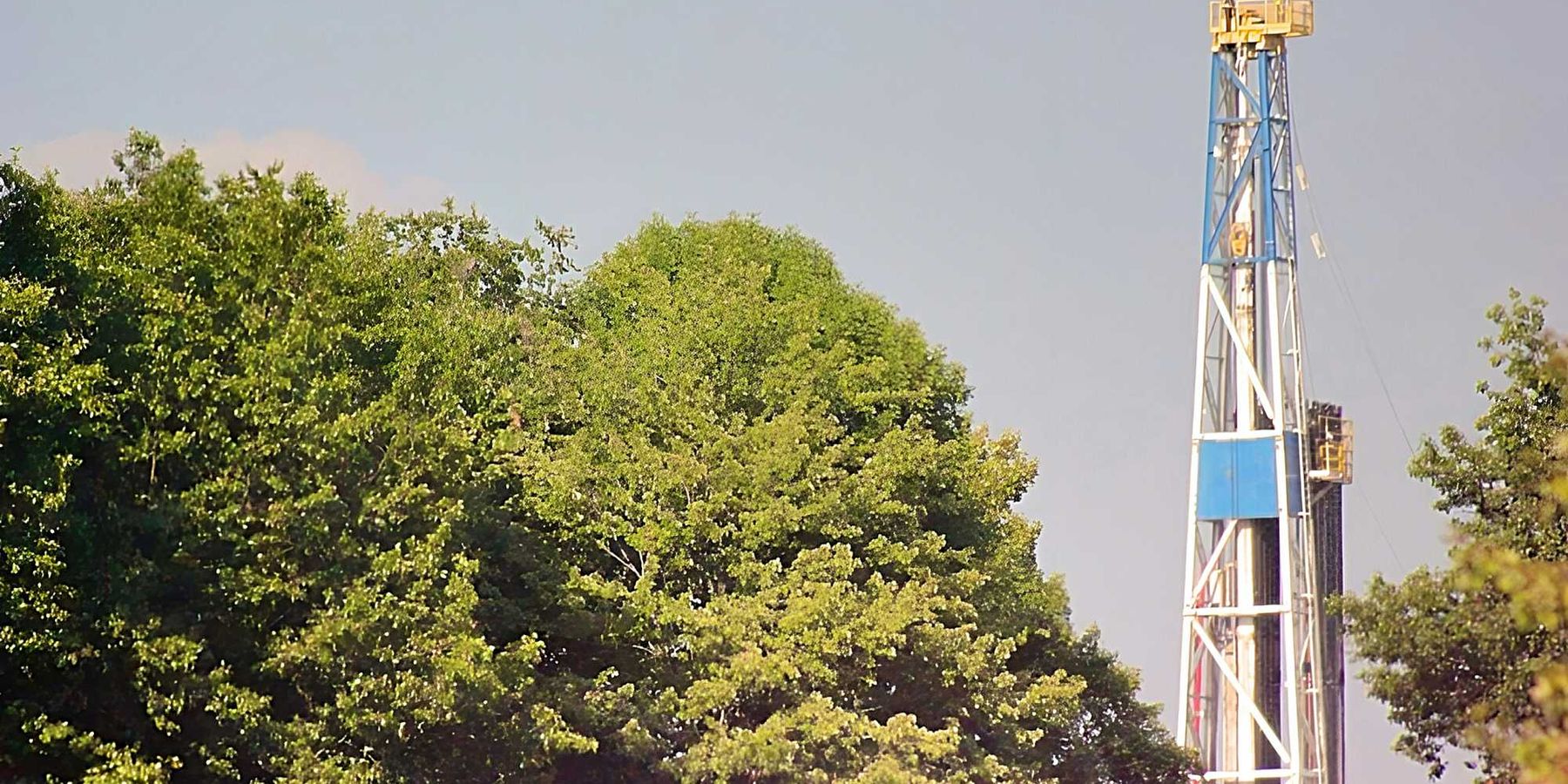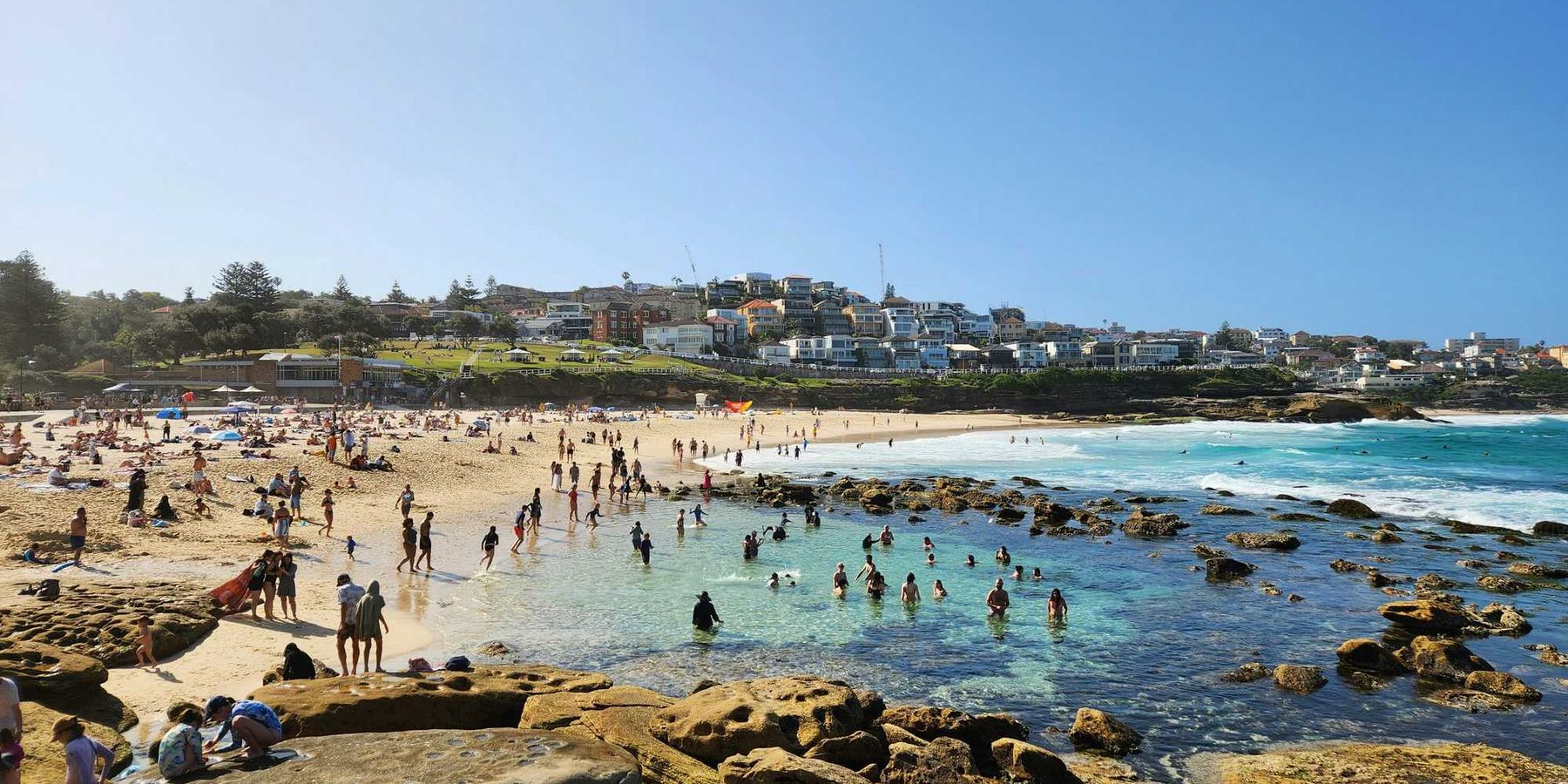
Erik Loomis: Why labor and environmental movements split—and how they can come back together
Unions and greens have had a very public divorce—but rethinking their relationship is now more critical than ever
Neither the labor movement nor the environmental movement has the power that it did four decades ago.
Economic instability and the rise of conservative politics have undermined public support for environmentalism while making successful unionization efforts hard to achieve.
Looking back on the 1960s and early 1970s, when both movements were at or near historic heights of public support and political success, shows how these two great movements once worked together on many issues and how that has become harder over the years.
Moreover, as the nation fights an unprecedented attack from right-wing forces that threaten our basic freedoms, both the labor and environmental movements provide critical organizing to preserve the best of our democracy. If they are fighting amongst themselves, it makes a full-throated effort to turn out progressive voters for the midterm elections this fall all the more difficult.
Rethinking the relationship between the labor and environmental movements is critical for both unionists and greens as they mutually struggle for power in this corporate-dominated era.
A history of alliance

Amalgamated Transit Union Local 689 president George W. Apperson with the executive board of the union circa 1968. (Credit: Washington Area Spark/flickr)
Workplaces of the mid-twentieth century faced multiple environmental problems, with pollution, toxic emissions, and unsafe plant conditions.
Steel mills were hot and filled with molten metal. Paint workers breathed in toxic fumes. Workers in all sorts of industries dealt with the thousands of new industrial chemicals developed each year — employers provided no information about health hazards or even what they were.
Unions and environmentalists found ways to come together to fight together for a safer, greener world, including at the workplace.
The most famous example of this was the Oil, Chemical, and Atomic Workers (OCAW), whose leadership crafted alliances with greens.
OCAW president Al Grospiron said, "Organized Labor must emphatically support environmental efforts and must never get into the position of opposing such efforts on the grounds of economic hardship. Our position must be that nearly all polluting facilities can be corrected without hardships to the workers and that in those few cases where corrections are not possible new job opportunities or compensation must be provided for the workers."
That commitment paid off when OCAW went on strike against Shell in 1973 and 11 of the nation's largest environmental organizations declared a boycott against the company, urging members to cut up their Shell credit cards.
Other unions engaged in these alliances as well. The International Woodworkers of America supported wilderness preservation to give its members a place to play in their free time while green organizations assisted the union in trying to clean up the toxic workplaces that impacted its members.
In steel, auto, and other industries, workers and greens found places where they could ally.
Both movements share some blame

Protestors block the gates of the Kinder Morgan Richmond Terminal in Richmond, California. (Credit: Peg Hunter/flickr)
That world has disappeared. Today, environmentalists and labor are often seen as enemies.
The Keystone XL Pipeline, supported by the Laborers and other building trade unions for creating jobs but strongly opposed by environmental organizations for channeling dirty, climate-altering Canadian tar sands oil to processing facilities on the Gulf of Mexico, is but one example of this problem.
Environmentalists often seen unions as reactionary conservatives holding on to a disappearing industrial past while unions seen greens as elites who don't care about jobs. There is a bit of truth in each perspective.
This split happened for reasons perhaps out of either movement's control: structural shifts in the economy beginning in the 1970s that moved the nation toward financial capitalism and the outsourcing of industrial labor overseas.
The recessions of that decade only put greater pressure on workers to make a living while the union-busting and anti-environmentalism of the Reagan administration put both movements on the defensive.
Soon, employers threatened to shutter factories if environmental regulations passed, cleaving the tentative alliance between the two movements. Worker support for clean workplaces rested on the belief that factories would stay open and the economy would continue to grow.
Once that world radically changed, workers put the fear of job loss over the desire for a clean workplace and natural world.
At the same time, both movements deserve blame for these unfortunate tensions. By the 1980s, environmentalists moved into the courts to protect their gains of the past two decades, prioritizing fundraising over grassroots alliance-building.
As environmentalists became more reliant on big donors, they largely became indifferent to the lived experience of working Americans. The open hostility of many environmentalists to loggers in the Pacific Northwest during the battles over the spotted owl continues to resonate in that region today.
Greens have also failed to articulate what the green economy would look like for the working class. After all, a green capitalist is still a capitalist, who wants to profit off paying workers as little as possible. Meanwhile, while some unions have become strong progressive allies on many issues, the building trades' open hostility to environmentalism gives the entire union movement a bad name.
The aggressive hostility of union leaders such as Laborers' president Terry O'Sullivan on Keystone to those seeking to protect the planet makes progressive allies feel unions do not stand with them.
Re-building the relationship

Pro-labor protests in Madison, Wisconsin. (Credit: Emily Mills/flickr)
Rebuilding this relationship is crucial for both movements.
Unions need to do more proactive work to reach out to environmentalists and support green policies, even if at times they might cost some jobs. We cannot expect unions directly affected by a given project to not advocate for members' jobs, but we can expect other unions to argue that their own members have a vested interest in a clean environment.
The large public sector unions could do much more to build relationships with environmentalists that would pay off by green support down the road. Unions themselves desperately need support from other progressive movements.
Meanwhile, environmentalists must do much more to embrace an agenda of cleaning up the environment affected by working people, both at work and in their homes. They need to demand that the green economy include union jobs, that the government invest in the cleaning of toxic landscapes with work that pays a living wage, and that regional economic planning for a sustainable world lifts people and regions out of poverty.
Don't just tell miners that nothing will replace coal— offer something to replace it.
So long as the labor and environmental movements are at loggerheads, both will remain weaker than if they can reestablish their alliances and forge together for a future based on both ecologically sustainable work and living wages.
Erik Loomis is associate professor of history at the University of Rhode Island. His latest book, A History of America in Ten Strikes, will be published by The New Press in October.













